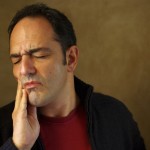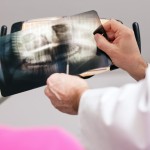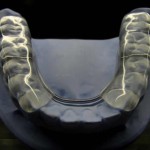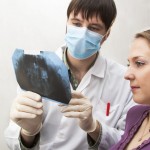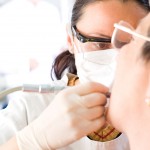
Physical therapy (PT) is recognised as a conservative method for the management of temporomandibular disorders (TMD). However, some studies suggest that physical therapy provides minimal, if any therapeutic effect while others suggest evidence to support its use for the treatment of TMD. The aim of this trial was to investigate the effect of physical therapy [read the full story…]
